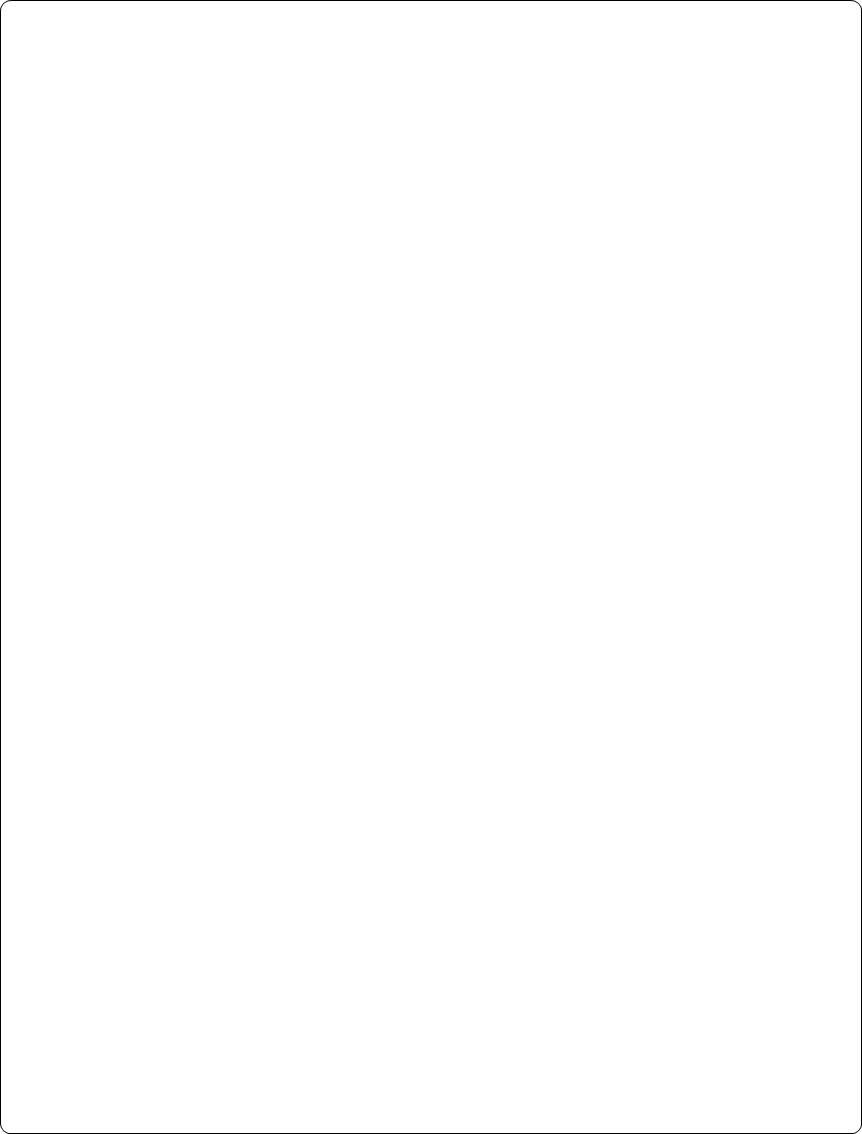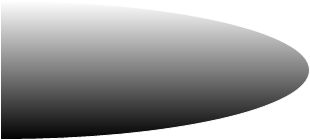If you wish to add articles of interest to this site or see a forum, please contact me via my e-mail address. I will 'eventually' reply to all posts. All submitted articles will be author acknowledged unless otherwise requested.
Copyright © 2025 by Nigel G Wilcox
All Rights reserved
E-Mail: TheParagon@gmx.co.uk
Web Title: paragon.myvnc.com
2025
Designed by GOEMO.de
Powered by S-AM3L1A-NGW
NW Education, Training & Development
Looking at Education today, one Perspective...
Parent Site: http://paragon.myvnc.com Paragon Publications UK
My Personal Introduction to Teaching from My Experiences
and the Reason for This Website with Opinions...
Education & Professional Development
Birmingham ICC 2001
Continued>>>
2-7
2-7
Pages
Left-Wing Education?
Left-Wing Education?
It is too easy to assume without question that teachers are responsible for student learning. More than this, we often assume, as does educational policy, that what is taught is what is learned. This is convenient. It allows us to think of learning as a causal process – that teaching gives rise to learning. [Causality: A leads to B; B is a result of A] This way teaching and learning can be subject to measurement, scrutiny and judgement. Did this teaching lead to the expected learning? If not, our tolerance is tested.
There is, in fact, almost nothing in the history of educational research to suggest anything other than that teaching may be just one element of learning and that the relationship between what is taught and what is learned is tenuous at best. Of course, teachers do far more than teach, and this is why schools can be successful in promoting education. But as for formal teaching and learning, here are two common (not universally acclaimed) research conclusions:
A. Knowledge that is learned in intensive bouts, such as for revision for exams, has a short half-life. For learning (knowledge) to be embedded seems to require longer periods of deliberation and assimilation.
B. There is a psychological tendency for a student to resist an attempt by a teacher to correct a ‘wrong’ thought. The student may show that they have accepted a corrected version, demonstrate it in an examination, but secretly or implicitly hold on to their original belief.
The point about both of these is that there are two (at least) worlds of learning: one, the world in which the student shows compliance to fit in with the schemes of teachers; the other, where the student accepts new knowledge so long as it fits with their own world-view. Where we measure the quality of education (learning) with measurement – tests and exams – we are tapping into the first of these worlds and often denying ourselves access to the second.
In fact, more radical than this, teaching becomes a site of tension and negotiation between teachers and students. We cannot rest on the assumption – no matter how elegant, attractive and easy it is – that what is taught is what is learned. Not even that teaching itself is a main determinant of what is learned, because it often is not.
§§§§
So. What we have here, I hope, is a sense of the shifting, unstable nature of educational foundations, and a shifting ground on which the Right and the Left can pitch their tents. This is only the beginning, of course, and the rest is just as complex, as we will see. But as a starting point, what I am saying in this Blog is that we have to look at education in terms of student rights, complex realities and paradoxes, in terms of our own prejudices and interests and, above all, with our eyes open and our hearts receptive. We inevitably enter into an ideological field. As we confront and resolve the difficult paradoxes and dilemmas posed above we will reveal in ourselves both Right and Left thinking – and that is to be expected. We should be unafraid of contemplating how our own ideological leanings allow us to see certain things and disallow others. We should not be afraid of argument over principles, and we should, have more of a taste than we currently allow ourselves to submit our and other’s educational views to scrutiny and contestation.
When I talk about Right- and Left-wing approaches to education I am not preaching one against the other. What I am doing, faithful to the aims of this Blog, is to provoke argument by presenting alternative narratives and sometimes surprising analysis that may go against a trend in thinking. To be clear, I SEE MYSELF AS NEITHER RIGHT NOR LEFT WING. In fact, I suspect my views are, in educational terms, too reformist to fit easily into either. My concern here is, as I say, to provoke democratic argument. So, as you read the following Blogs I invite you to argue – not least, with me.
An American Standpoint: 'Be the Light Daily'
The difference between teaching and indoctrinating. Anyway, today, we are going to look at another aspect of the left’s stranglehold on education, specifically the indoctrination of students. According to Wordnik, indoctrinate is defined as “to imbue with a partisan or ideological point of view.” To most of us, an informal synonym might be “ to brainwash.” Most people understand that there is a big difference between teaching and indoctrinating. As a teacher, my job is to show students many sides of an issue, explore them, and then let students decide their own view as long as they can support their views with facts and logic. Indoctrination involves only one side to an issue and it is dogmatically taught to students as the only way to view said issue.








